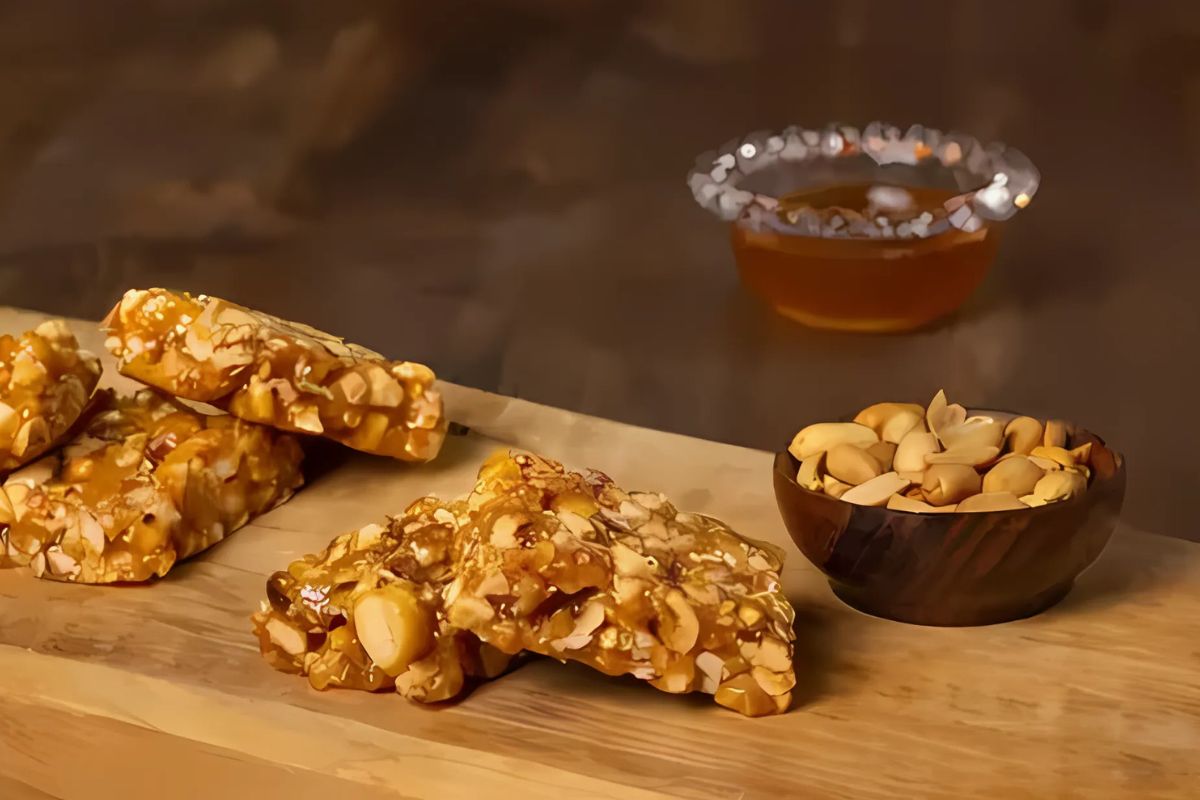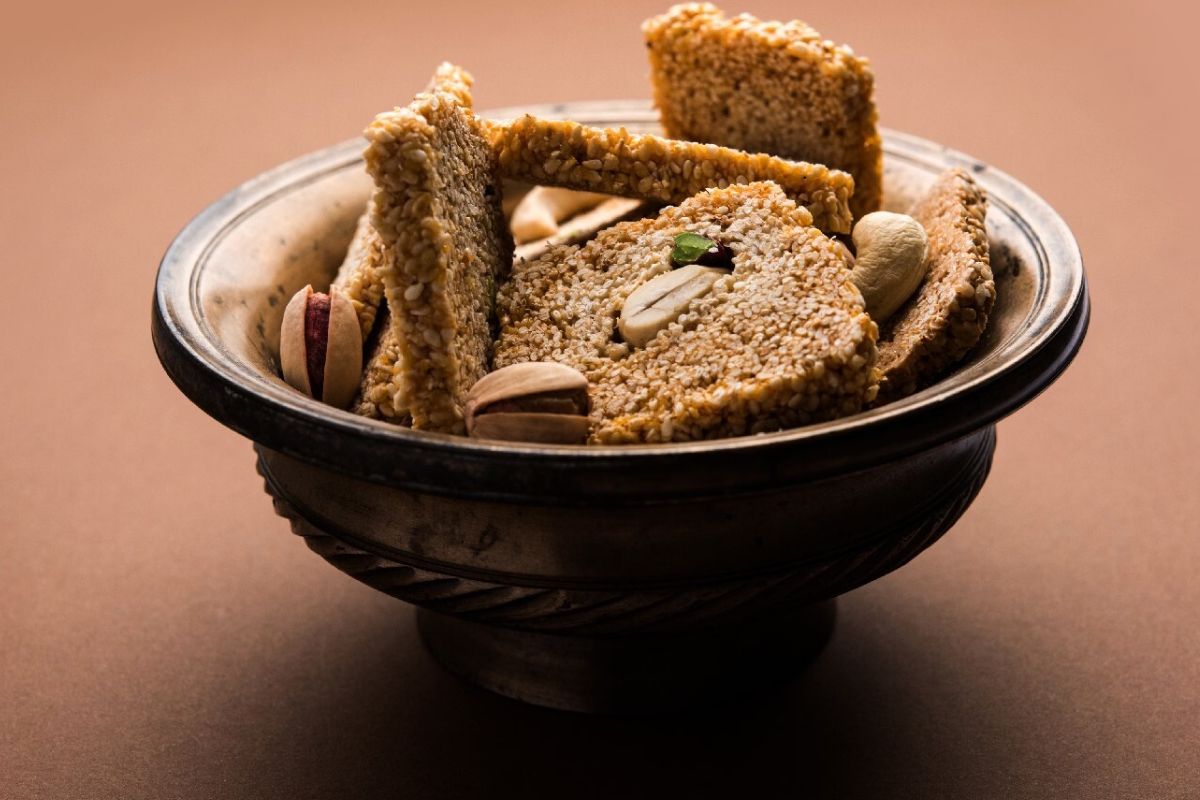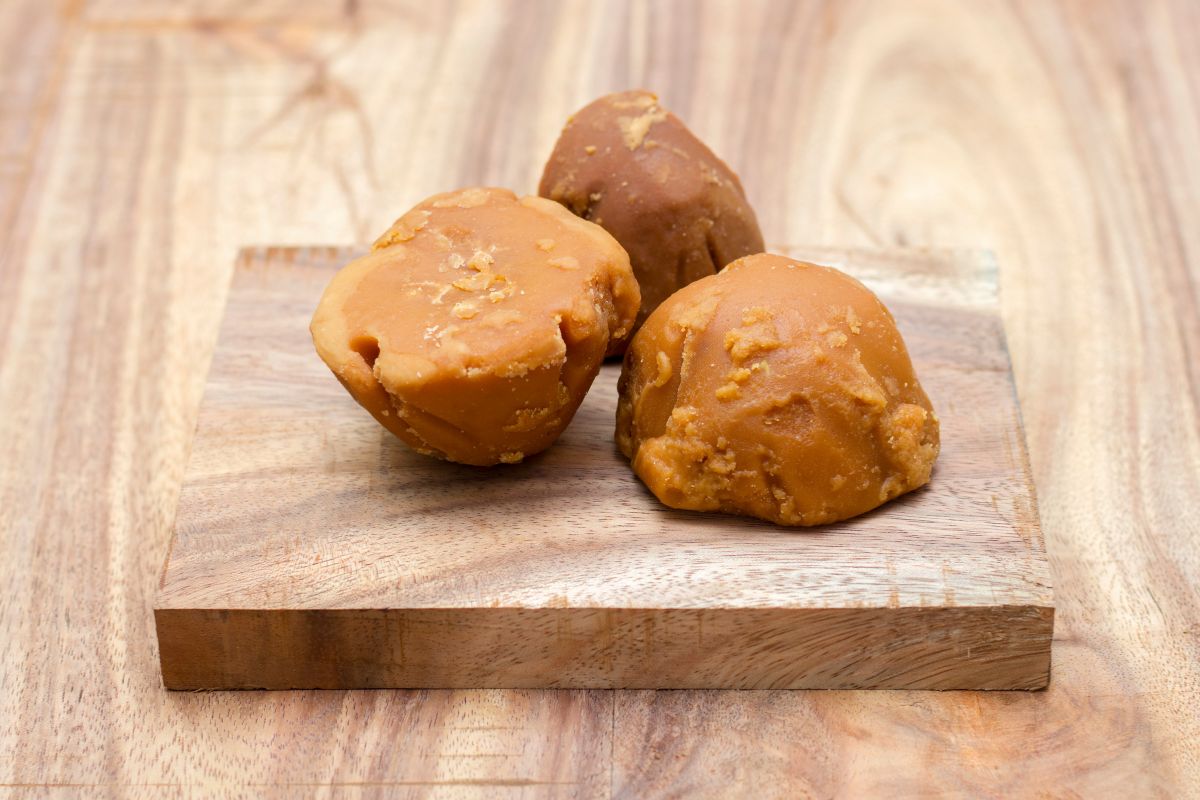Pakistan’s Deputy PM Labels Pahalgam Attackers as ‘Freedom Fighters’, Escalating Diplomatic Tensions


India has many happy holidays, and Makar Sankranti, which happens in January, is one of the best ones. It means that the Sun is moving into the sign of Capricorn (Makara) and that the days are getting longer. All over the country, people are very excited to enjoy this holiday, and each area has its traditions and ways of doing things. A lot of tasty foods are linked to Makar Sankranti. Two of them are gajak and gur (jaggery). These traditional sweets not only taste great, but they also have deep cultural and spiritual meanings.
Table of Contents
ToggleSesame seeds and jaggery are used to make gajak, an old Indian sweet. People in North India really like it, and a lot of people eat it in the winter. An easy way to make gajak is to roast sesame seeds and mix them with hot sugar. After the mix cools, it is spread out and cut into pieces. There is a unique and delicious texture that is hard to avoid when you mix crunchy sesame seeds with sweet jaggery.

Celebration of the crop: Makar Sankranti is a holiday that is mostly about enjoying the crop. To honour the harvest, making gajak from sesame seeds is a fun thing to do. One of the first products to be picked was sesame seeds, which are very good for you. The fact that they are used in gajak shows how important farming is to the holiday.
Health: Sesame seeds are good for you in the winter because they keep you warm and are thought to be good for your health. Going through Makar Sankranti and eating gajak will keep you warm and help keep many winter illnesses at bay.

The sugarcane juice is used to make gur, also known as jaggery. Gur is a raw form of sugar. It is an important part of events for Makar Sankranti all over India. Gur is not only used to make sweets like gajak, but it is also eaten in many other ways, like in laddoos, chikki (a brittle made from nuts and jaggery), and traditional drinks like tilgul (a mixture of sesame and jaggery).
Purity and Wealth: Jaggery is thought to be pure, and it is often used in religious ceremonies and gifts. People think it will bring them wealth and good luck because it stands for cleanliness. People believe that eating gur during Makar Sankranti will clean the body and mind and bring in good energy.
Sweet Starts: In the Hindu calendar, Makar Sankranti marks the start of a new phase. During this time, drinking gur means starting the new phase on a sweet note. People think that the sweetness of jaggery will bring happiness and sweetness into their lives all year long.
Friendship and Community: Making and sharing sweets made from gur brings people together and builds community. Families and towns work together to make these treats, which strengthens social ties and brings everyone together to celebrate the holiday.
Gajak and gur are important to the culture in more ways than just their culinary charm. These traditional sweets represent the ideals of thanksgiving, health, and community that are at the heart of Makar Sankranti.
Thanks to Nature: It’s very important to keep ethnic identity alive through celebrations like Makar Sankranti. Traditional sweets like gajak and gur are made and eaten during the holiday as part of important cultural practices. Using them is a way to celebrate and honour what nature has given us.
Traditional Knowledge: It has long been believed that sesame seeds and sugar are good for you in the winter. Both nutrients are good for you, and they’re especially helpful when it’s cold outside. People eat these sweets to pass on this knowledge from one family to the next.
Cultural Identity: It’s very important to keep ethnic identity alive through celebrations like Makar Sankranti. Traditional sweets like gajak and gur are made and eaten during the holiday as part of important cultural practices. They remind people of their traditions and ethnic background.
Gajak and gur have secret meanings related to harvest, health, and society. These are big parts of Makar Sankranti. These traditional sweets are more than just tasty treats; they’re also ways to show gratitude, wealth, and community. This Makar Sankranti, let’s enjoy the taste of gajak and gur and consider what they mean to us culturally and spiritually. These traditions help us connect with our family and friends and honour how our ancestors lived.

